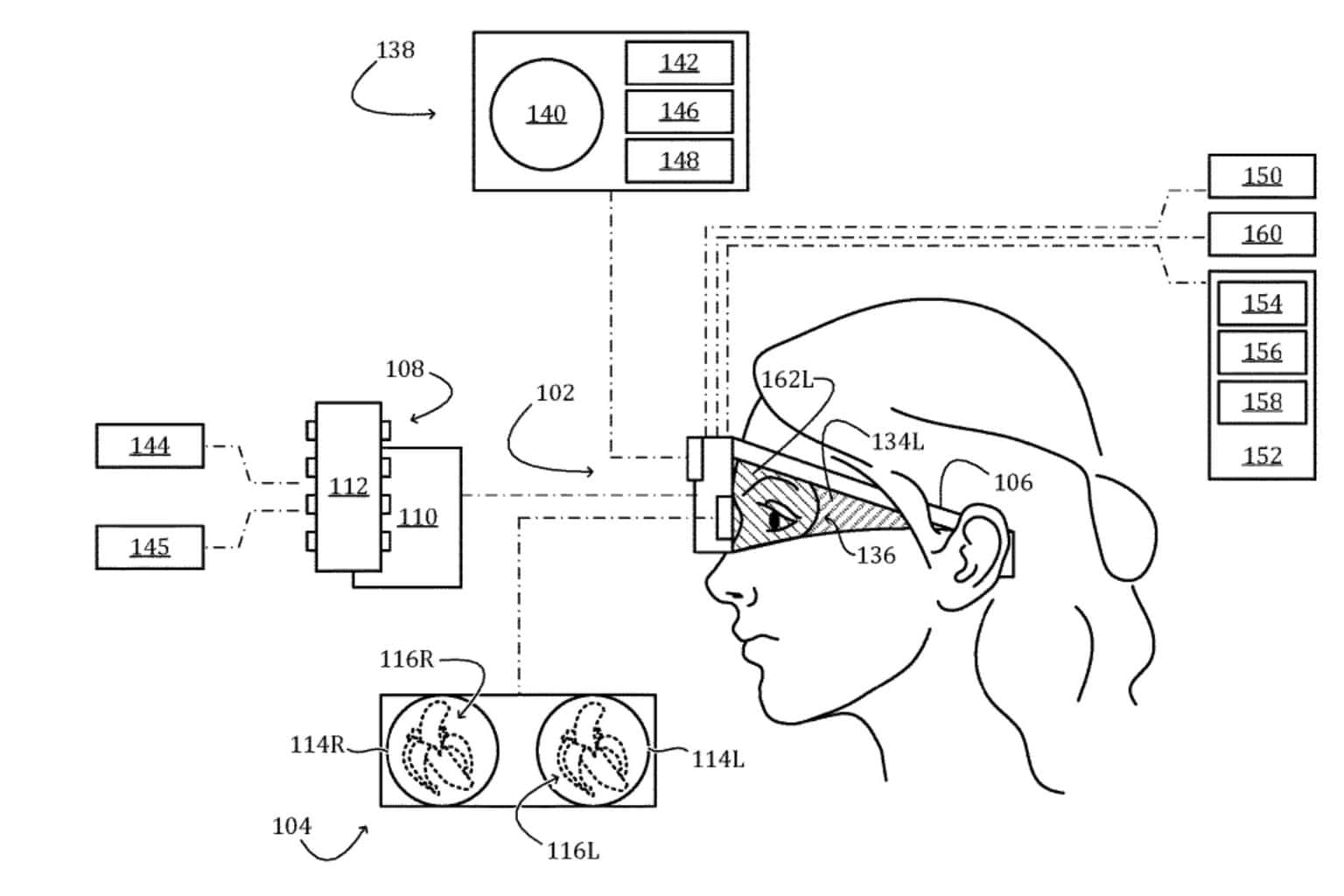Enterprise migrations to Microsoft Windows 10 are faster than expected
2 min. read
Published on
Read our disclosure page to find out how can you help Windows Report sustain the editorial team Read more

A survey regarding the efforts to migrate enterprise desktop and laptop systems to Microsoft Windows 10 revealed the fact that these migrations are much faster than it was previously projected.
Back in 2016, another survey showed that an important majority of respondents indicated that they had barely begun to deploy Windows 10. This particular group was running Windows 10 on less than 5% of their systems, and only 12% of the 2016 respondents had migrated more than 5% of their systems to Windows 10. Less than half of this small portion have indicated that their enterprises had migrated more than half of their machines on Windows 10.
Because 88% of last year’s respondents indicated that they had not even migrated 5% of their machines to the operating system, it’s a bit surprising to see that more than 10% of the respondents from this year indicated that they had already completed the migrations.
The 2017 survey findings
48.99% of the interviewees anticipate completing their Windows 10 migrations with an IT team (1-5 people).
57% of the respondents estimate the fact that migrating a single system to Windows 10 will take between 2-4 hours.
Over 42% of the respondents expect to migrate more than 90% pf their systems without manually intervening.
The importance of automation in an accelerated migration
Organizations will quickly gather much of the fundamental information that they will need to begin planning migrations, and this will probably happen even in environments where tens and even hundreds of thousands of PCs will get migrated.
This year’s respondents of the survey showed a clear insight into the state of their Windows infrastructure and also into the percentage of systems that would require various levels of manual interventions during the process of migration. This definitely suggests the importance of automation in an accelerated migration process.
RELATED STORIES TO CHECK OUT:
- Best artificial intelligence antivirus programs for Windows 10
- Fix: Peek at desktop setting grayed out in Windows
- Here’s how to prevent Windows 10 Fall Creators Update install








